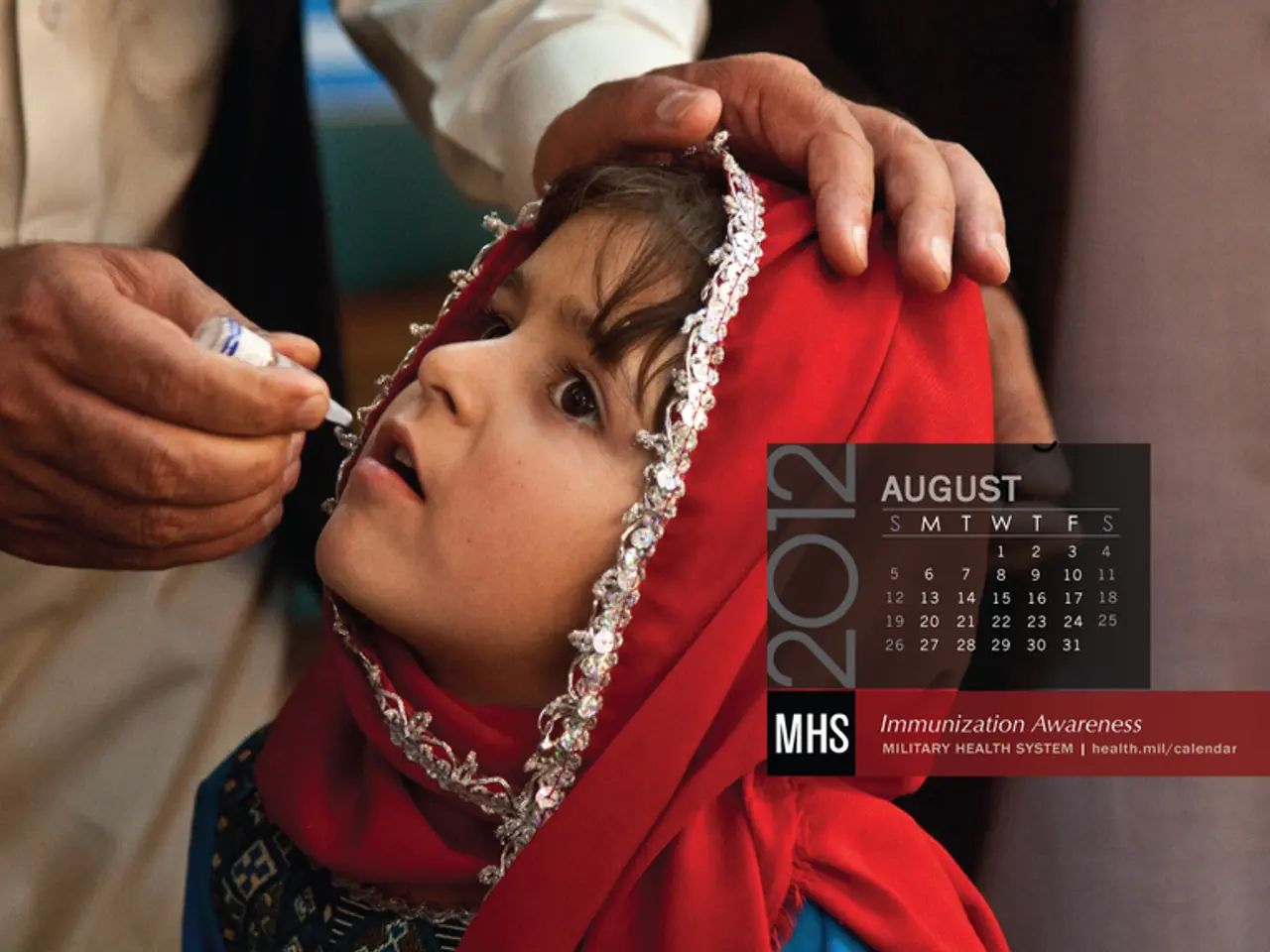Guidelines for Social Gatherings and Space maintenance during coronavirus outbreak: Suggestions and Insights
In the ongoing battle against the spread of SARS-CoV-2, the virus responsible for COVID-19, large gatherings pose a significant risk due to the close proximity of individuals. However, recent studies and systematic reviews suggest that specific measures can effectively reduce the risk of transmission at such events.
Physical distancing, face coverings, vaccination, and testing/isolation protocols have been shown to be instrumental in mitigating the spread of SARS-CoV-2. Physical distancing, consistently reducing transmission, has been associated with decreases in overall physical contact and reproductive numbers of the virus. A study in Kenya reported a reduction of up to 62% in SARS-CoV-2 transmission after physical distancing policies were implemented.
Face coverings and masks provide significant protection, especially in high transmission community settings. A large community randomized controlled trial in Bangladesh demonstrated statistically significant protection against symptomatic SARS-CoV-2 infection from mask use. Combining masks with hand hygiene lowers risks of both COVID-19-like and influenza-like illnesses, as supported by meta-analyses.
Evidence from the 2022 Iditarod Trail Race, a complex mass gathering event, supports the effectiveness of combined measures including mask mandates, a "bubble" strategy (group separation), vaccination requirements, daily testing, and isolation protocols. These measures prevented most COVID-19 transmission among 622 participants, with very limited cases detected and isolated, and no known sustained community transmission linked to the event.
While shorter gatherings are not extensively quantified in isolation, the overall reduction in contact duration and frequency as part of physical distancing strategies contributes to reduced transmission risk.
If people do wish to attend gatherings, they can practice physical distancing and protect themselves by knowing the risk, considering virtual gatherings as the safest option, and adapting gatherings to maintain 6 feet of distance between the members of different households. It is also crucial to evaluate how seriously attendees take the risk by observing the rules established by the organizers.
It is important to note that the more people who are present at an event, the more likely it is that at least one attendee will have SARS-CoV-2. The location of the gathering may determine how risky it is; gatherings in areas with high SARS-CoV-2 infection rates are more dangerous. The highest risk gatherings are large indoor gatherings where maintaining 6 feet of distance is not possible.
The Centers for Disease Control and Prevention (CDC) continue to express concern about "superspreader" events, which are large events where many people catch the virus. To minimise the risk, it is essential to wear a face covering for the entire event and to shrink the size of a gathering to make it easier to physically distance and less likely that the virus will spread.
There is a tool available that looks at local COVID-19 data to assess the likelihood of a gathering attendee having SARS-CoV-2. Wearing an N95 or surgical mask offers the greatest benefit in terms of protection against the virus. A church gathering in March 2020 serves as a stark reminder of the potential consequences of not taking the necessary precautions, with 35 participants (38%) developing COVID-19, and three dying, as well as an additional 26 cases among nonattenders in the community.
In conclusion, a combination of physical distancing, consistent mask use, vaccination, and testing/isolation protocols at large gatherings effectively reduces SARS-CoV-2 transmission risk. These layered interventions allow important events to proceed more safely, as demonstrated in organized mass gatherings with strict preventive measures.
- Science has demonstrated that vaccination, testing/isolation protocols, physical distancing, and the use of face coverings play a crucial role in reducing the transmission of SARS-CoV-2, the virus that causes COVID-19.
- In light of the ongoing COVID-19 pandemic, the Centers for Disease Control and Prevention (CDC) highly recommend the use of N95 or surgical masks, physical distancing, and a reduction in the size of gatherings to minimize the risk of SARS-CoV-2 transmission.
- The effectiveness of combined measures such as mask mandates, group separation strategies, vaccination requirements, daily testing, and isolation protocols has been shown in complex mass gatherings, such as the 2022 Iditarod Trail Race, where they resulted in a significant reduction of COVID-19 transmission among participants.








